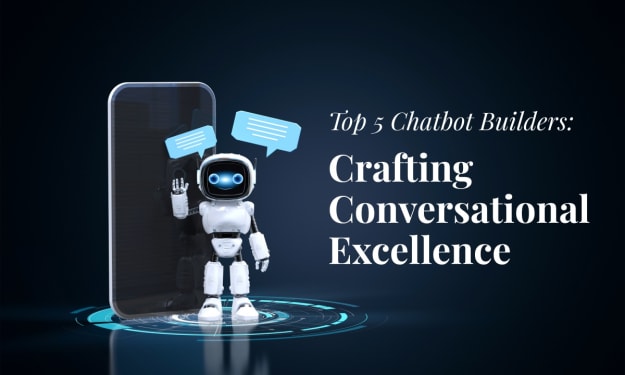How can machine learning models be trained and optimized to achieve the highest level of accuracy and performance, and what are some of the best practices and common pitfalls to be aware of when working with these models?
Machine learning

Machine learning has become an essential tool for businesses and organizations of all sizes, as it offers a way to analyze large volumes of data and generate insights that can be used to make better decisions. However, to achieve the highest level of accuracy and performance from a machine learning model, it's important to follow certain best practices and avoid common pitfalls. In this article, we'll explore some of the key techniques and strategies for training and optimizing machine learning models, and discuss some of the best practices and pitfalls to be aware of when working with these models.
Data Preparation
The first step in training a machine learning model is to prepare the data. This involves collecting and cleaning the data, and ensuring that it is in a format that can be used by the model. It's important to carefully select the data that will be used to train the model, and to ensure that the data is representative of the problem that the model is trying to solve. In addition, it's important to identify and remove any outliers or errors in the data, as these can lead to inaccurate results.
Feature Engineering
Once the data has been prepared, the next step is to identify the features that will be used to train the model. Features are the characteristics of the data that the model will use to make predictions, such as the size and shape of an object in an image or the words in a text document. It's important to carefully select the features that will be used to train the model, as this can have a significant impact on the accuracy and performance of the model.
Model Selection
There are many different machine learning algorithms and techniques available, each with its own strengths and weaknesses. It's important to carefully select the algorithm or technique that is best suited to the problem that the model is trying to solve. This will depend on factors such as the type of data that is being analyzed, the size of the dataset, and the desired outcome of the analysis.
Hyperparameter Tuning
Machine learning models have a number of hyperparameters, such as the learning rate, the number of layers in a neural network, or the size of the training batch. These hyperparameters can have a significant impact on the accuracy and performance of the model, and it's important to carefully tune them to achieve the best results. This can be done through a process of trial and error, or through the use of more advanced optimization techniques.
Training and Testing
Once the model has been selected and the hyperparameters have been tuned, it's time to train the model on the data. This involves feeding the data into the model and adjusting the weights of the model to minimize the error between the predicted outputs and the actual outputs. It's important to monitor the training process carefully and to adjust the hyperparameters as necessary to achieve the best results.
Evaluation
After the model has been trained, it's important to evaluate its performance on a test dataset. This involves feeding the test data into the model and comparing the predicted outputs to the actual outputs. It's important to carefully evaluate the performance of the model and to identify any areas where it may be underperforming.
Deployment
Finally, once the model has been trained and evaluated, it's ready for deployment. It's important to carefully plan the deployment process and to ensure that the model is integrated seamlessly into the existing infrastructure. It's also important to monitor the performance of the model once it has been deployed, and to make any necessary adjustments to ensure that it continues to perform at a high level.
When working with machine learning models, it's important to be aware of common pitfalls that can impact the accuracy and performance of the model. Some common pitfalls include overfitting (where the model is too complex and is able to fit the training data perfectly but performs poorly on new





Comments
There are no comments for this story
Be the first to respond and start the conversation.